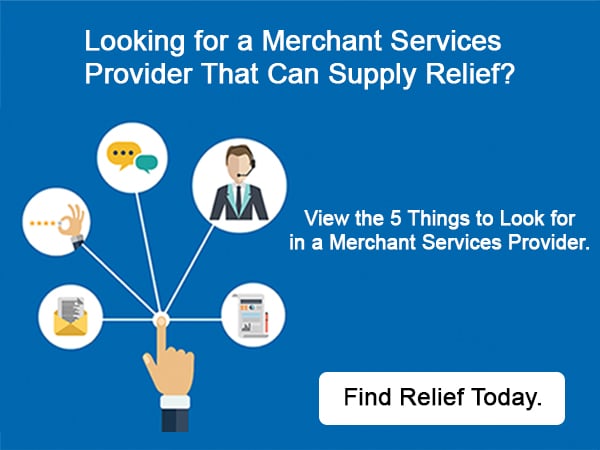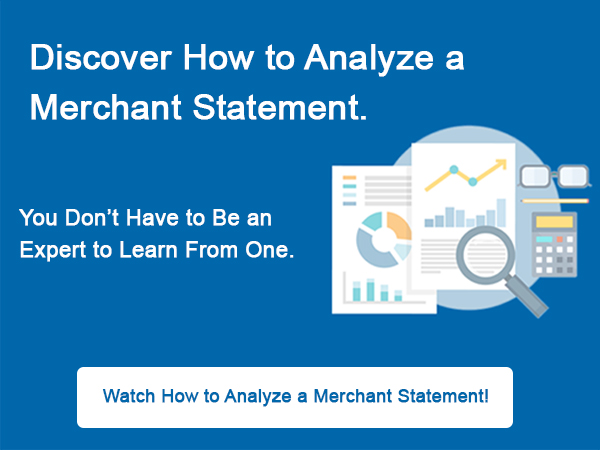
Protecting your customers’ payment information is the first step to avoiding data breaches and chargebacks at your business. Fortunately, there are many options that make it possible:
#1. Check PCI Compliance
PCI compliance is one of the most crucial payment security solutions available to merchants today. Not only does it help you avoid those pesky monthly non-compliance fees, but it also ensures that you’re storing and handling cardholder data safely.
#2. Upgrade to EMV
Do you want to be responsible for fraud, especially if it’s entirely preventable? If not, EMV is a must-have at your business. This standard prevents you from liability for fraudulent transactions performed via chip cards by shifting it over to the issuing bank instead.
#3. Use Tokenization
As we mentioned, one of the elements of PCI compliance is safe data storage. This is made possible by tokenization, a process that replaces sensitive data with a unique token that can’t be interpreted without access to a token vault.
#4. Encrypt Data
It’s great to be able to store customers’ payment data safely, but what happens when it’s time to use it? This is where encryption comes into play. This process enciphers the data, so it can then be safely passed between various points in the transaction process.
#5. Rely on SSL
With so many transactions taking place online (even if you use a virtual terminal to process payments manually), you need a secure connection between your server and your web browser. SSL is what makes this goal a reality.
#6. Utilize Restrictions
What do CVV, AVS and CAPTCHA all have in common? They’re all types of restrictions that can be used on your website to protect your business and your clients from unauthorized purchases made via lost or stolen cards.
#7. Consider the Cloud
If you aren’t using a 100% cloud-based payment gateway API, it might be time to upgrade. Having everything in the cloud, instead of a physical server, gives you more freedom from hardware limitations and helps redirect traffic in the event of a targeted cyber attack.
#8. Limit Staff Access
Human error can often be the one at fault for the breach, so it’s best to leave the handling of sensitive data to several authorized individuals. Your business can still have multiple staff members accept payments, but you get to limit what they have access to.
#9. Conduct Regular Audits
Fraud is constantly evolving, so it’s important to stay on top of the latest security solutions. Whether it’s via a PCI Questionnaire or a more intense sweep by a Qualified Security Assessor, check that your business meets all the necessary requirements at least annually.
#10. Have a Response Plan
Even the best security solutions aren’t 100 percent foolproof. When push comes to shove, having a good response plan in place will go a long way in stopping the breach in its tracks and preventing further damage to your business.
These ten options are a great start, but there’s a lot more to fraud prevention. At TransNational Payments, we have everything to help you stay informed and keep your payment processing secure!









 Facebook
Facebook Twitter
Twitter LinkedIn
LinkedIn Youtube
Youtube Glassdoor
Glassdoor